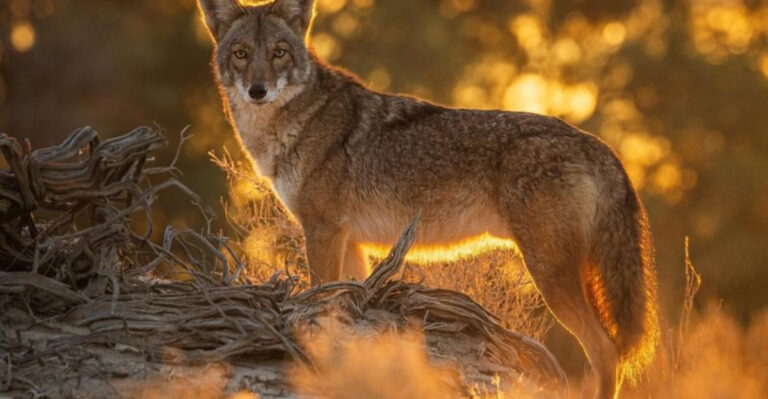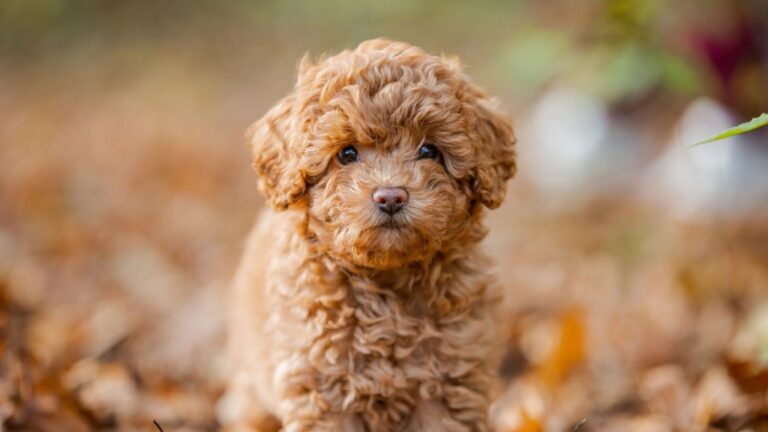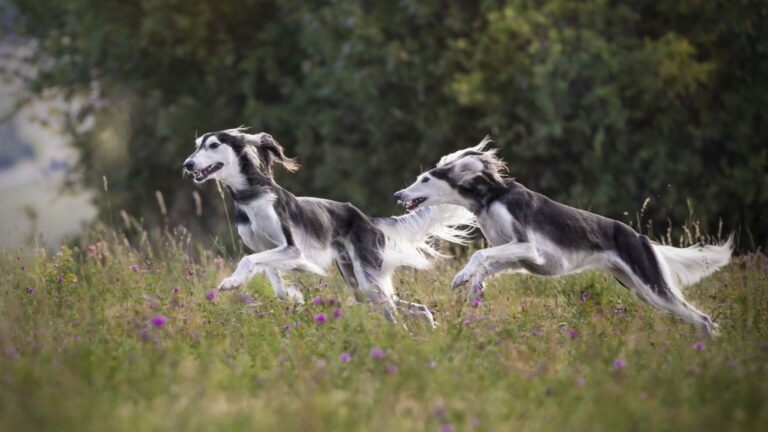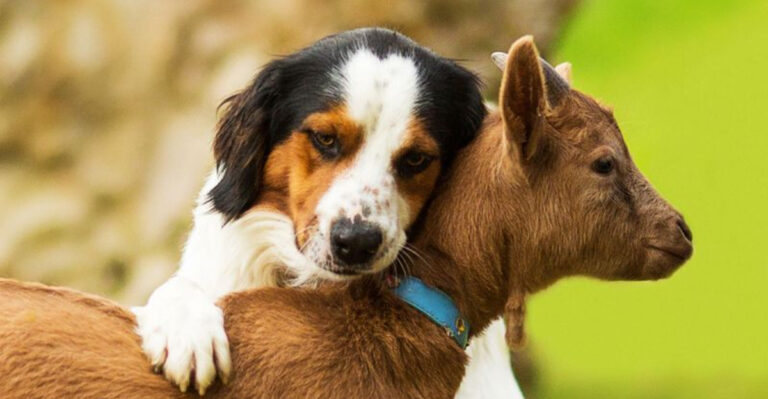12 Remarkable Animals That Start With C
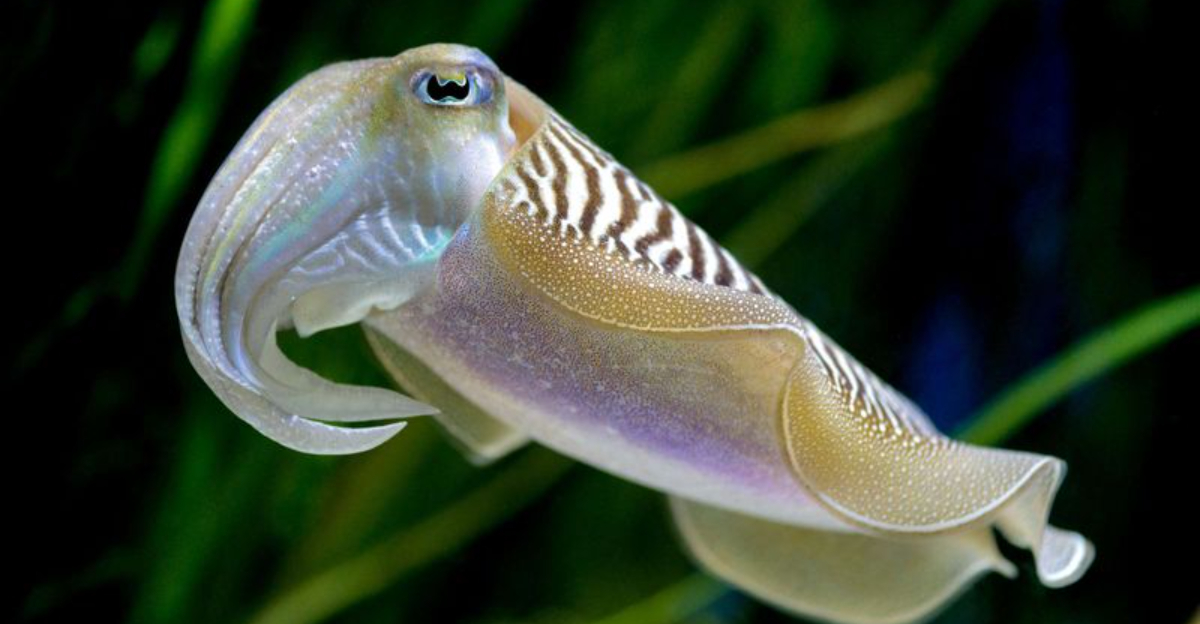
Exploring the world of animals can be a thrilling adventure, especially when you focus on those with unique characteristics.
Today, we’ll discover fascinating creatures, all sharing a common trait: their names start with the letter C.
Each one of these remarkable animals holds its own in the vast tapestry of nature, boasting distinctive features, behaviors, and habitats.
From the majestic waters to the lush forests and beyond, these creatures offer a glimpse into the diversity and wonder of the animal kingdom. Let’s meet these amazing animals that start with the letter C!
1. Cheetah
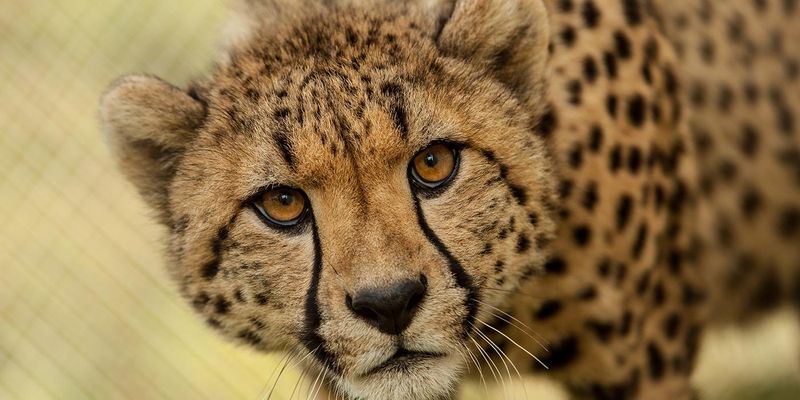
The cheetah, known for its astonishing speed, is a marvel of the animal kingdom. Capable of reaching speeds up to 60-70 miles per hour, it is the fastest land animal.
Unlike other big cats, cheetahs have a sleek, slender body built for acceleration. Their unique black tear markings under the eyes help reduce glare from the sun, aiding their incredible hunting skills.
Found primarily in sub-Saharan Africa, these magnificent creatures prefer open savannahs and grasslands.
2. Clownfish
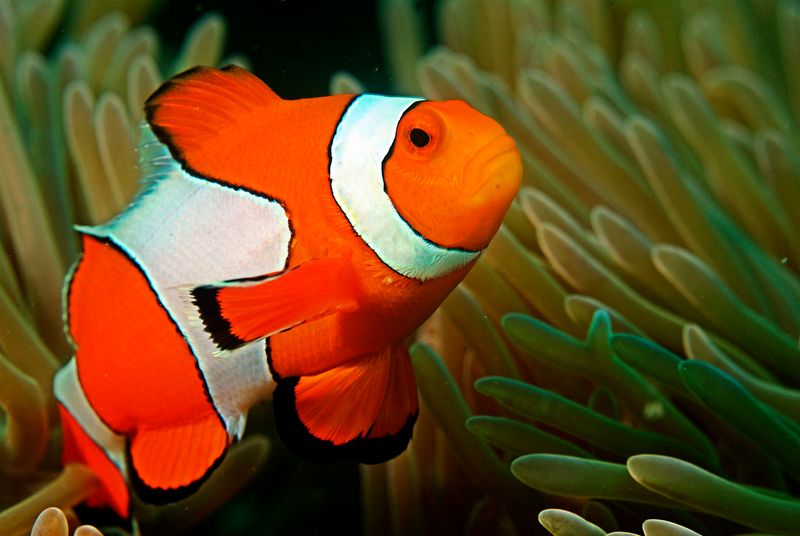
The clownfish, famous for its dazzling orange and white stripes, is a small marine fish often found in coral reefs.
These fish are known for their symbiotic relationship with anemones, sharing a home while gaining protection from predators. Clownfish communicate through popping and clicking sounds, which is essential for their social structure.
They are sequential hermaphrodites, starting life as males with the ability to become females if the dominant female is removed.
3. Coyote
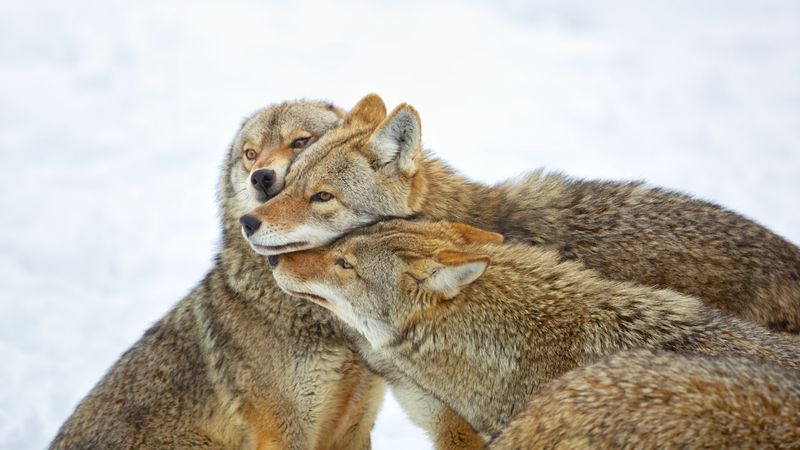
Coyotes, often seen roaming the deserts and plains of North America, are adaptable animals renowned for their intelligence and resourcefulness. They possess a keen sense of hearing and smell, aiding in hunting.
These creatures are highly social, living in family groups or packs. Their vocalizations, including howls, yips, and barks, serve as communication within their community.
Despite being often misunderstood, coyotes play a crucial role in the ecosystem by controlling rodent populations.
4. Capybara
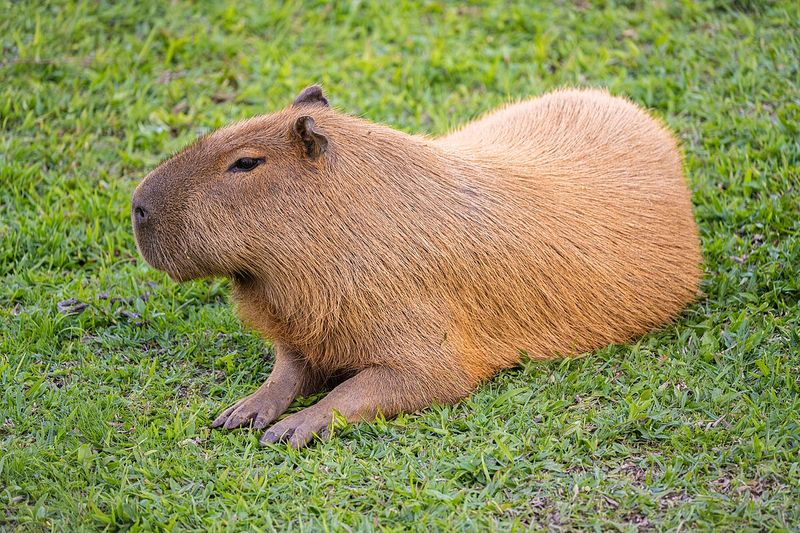
The capybara, the world’s largest rodent, is a social and gentle creature native to South America. Residing near water bodies like rivers and lakes, they are excellent swimmers using webbed feet.
Capybaras live in groups, exhibiting strong social bonds and communication through a series of vocalizations. Their diet consists mainly of grasses and aquatic plants.
With their endearing appearance and calm demeanor, capybaras are often seen as charming ambassadors of the rodent world.
5. Chameleon
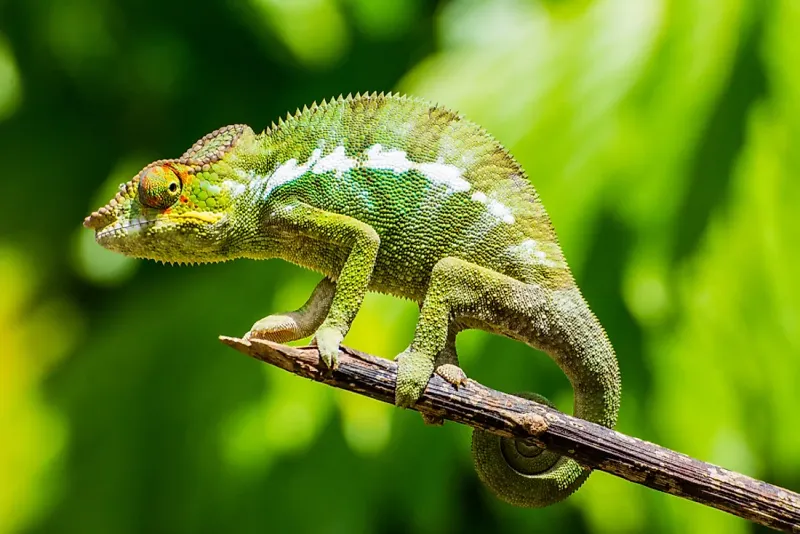
Chameleons, famous for their color-changing ability, are fascinating reptiles found primarily in Africa and Madagascar. This unique ability aids in communication and camouflage, adapting to various environments.
Their eyes can move independently, granting a 360-degree view, perfect for spotting prey and predators.
Chameleons have specialized tongues that can extend rapidly to catch insects.
These incredible reptiles require specific habitats, and deforestation poses a significant threat.
6. Cockatoo
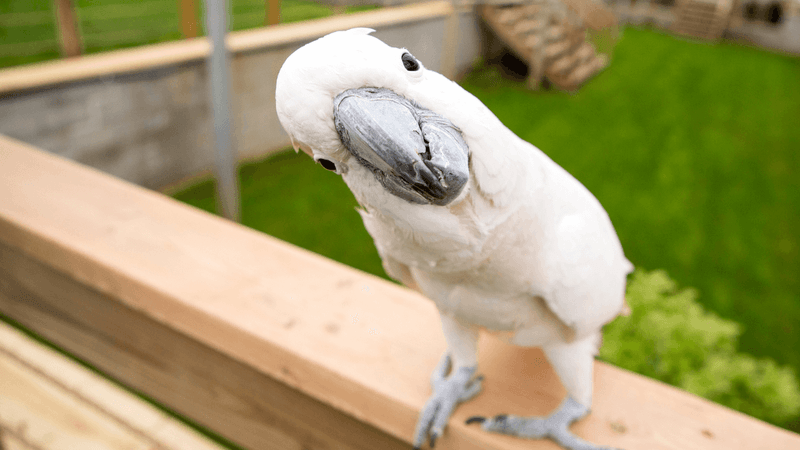
The cockatoo, with its vibrant crest and playful nature, is a beloved bird found in Australia and nearby islands. Known for their intelligence, they can mimic sounds and perform tricks.
Cockatoos form strong bonds with their mates and exhibit complex social behaviors. Their loud calls help communicate within their flock, especially in dense forests.
These birds require a stimulating environment, both in the wild and in captivity, to thrive.
7. Caribou
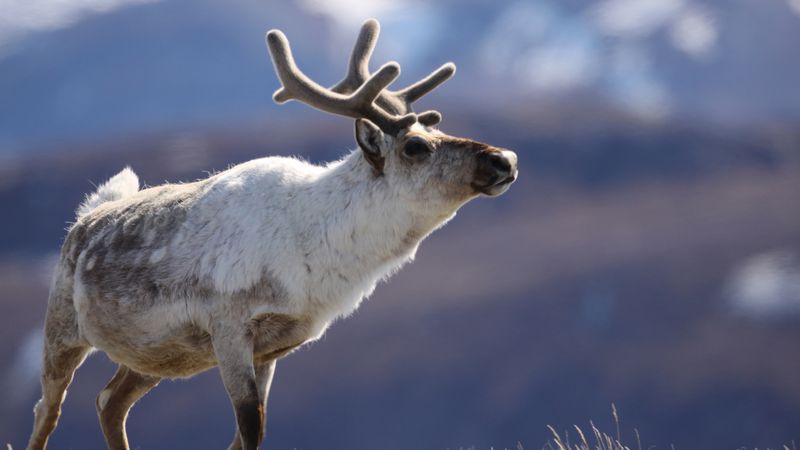
Caribou, also known as reindeer, are iconic animals of the northern tundra and boreal forests. Their impressive antlers and thick coats are vital adaptations for surviving harsh winter conditions.
These migratory animals travel long distances in search of food and suitable breeding grounds. Caribou play a significant role in the ecosystem, supporting predators and indigenous communities.
Climate change and habitat disruption pose threats to their survival, highlighting the importance of conservation efforts.
8. Cuttlefish
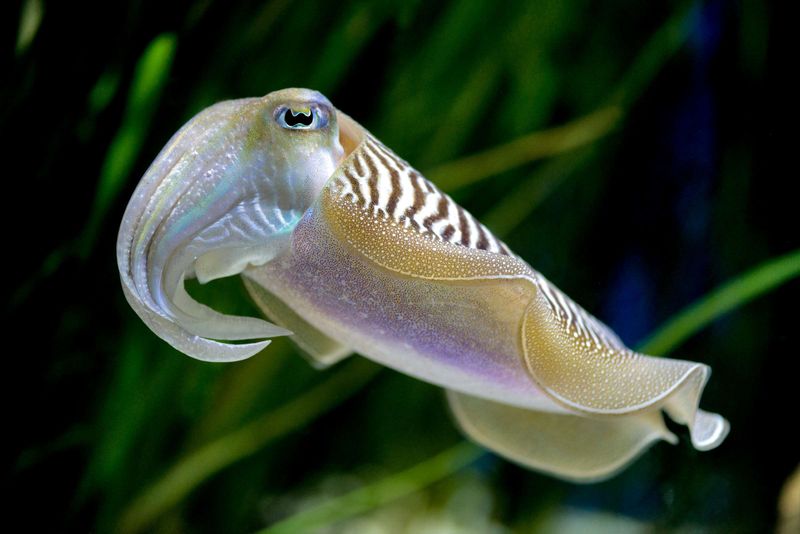
Cuttlefish, masters of disguise in the marine world, are related to squids and octopuses. Their ability to change skin color and texture helps them blend with surroundings and communicate.
Equipped with W-shaped eyes, cuttlefish are adept hunters, using their tentacles to catch prey with precision. Their intelligence and complex behavior make them subjects of scientific fascination.
Cuttlefish inhabit diverse marine environments, from shallow waters to deep seas.
9. Crocodile
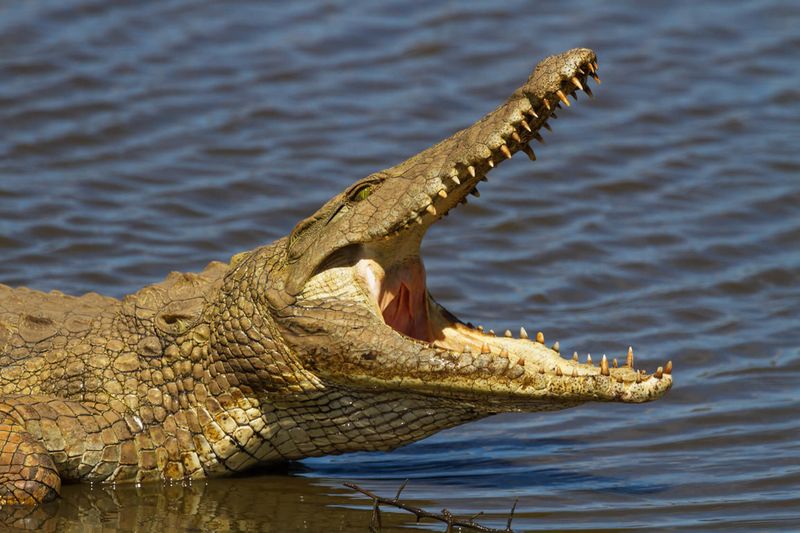
Crocodiles, ancient reptiles dating back millions of years, are formidable predators found in tropical regions. With their armored bodies and powerful jaws, they are equipped for hunting.
Crocodiles play a crucial role in maintaining healthy ecosystems by controlling fish populations and influencing water habitats. They often bask in the sun to regulate body temperature.
Conservation efforts focus on habitat protection and anti-poaching measures.
10. Crane
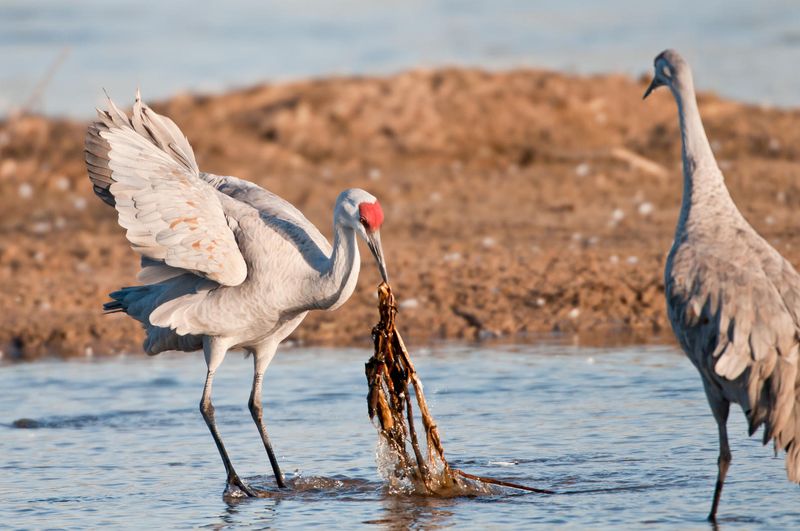
Cranes are elegant birds symbolizing grace and beauty, found across various continents. Their long legs and necks make them adept at wading through wetlands and marshes.
Known for their elaborate courtship dances, cranes form lifelong pair bonds and are dedicated parents. These dances are a spectacle of nature, showcasing strength and harmony.
Habitat destruction and hunting pose significant threats to crane populations.
11. Coral Snake
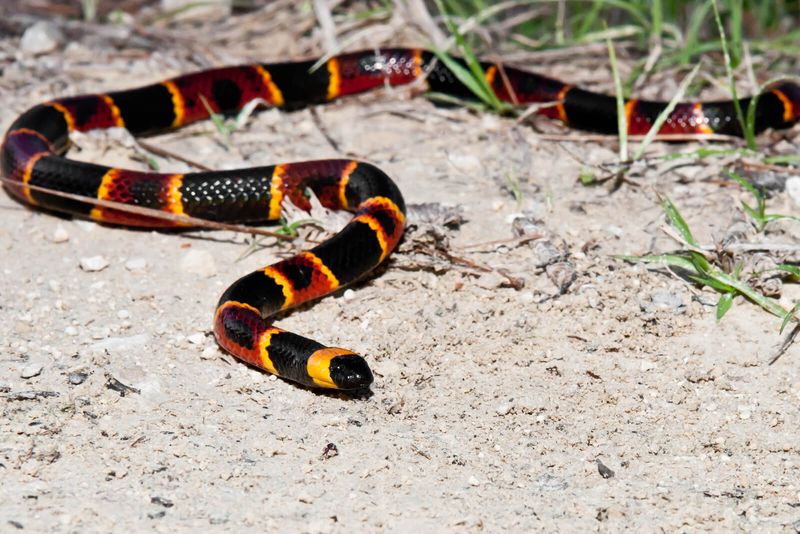
Coral snakes, with their striking red, yellow, and black bands, are venomous snakes found in the Americas. Their coloration serves as a warning to potential predators.
These elusive creatures prefer hidden habitats, such as leaf litter and burrows, making encounters rare. Coral snakes are shy and reclusive, avoiding confrontation when possible.
Their venom is potent, but bites on humans are uncommon due to their secretive nature.
12. Cow
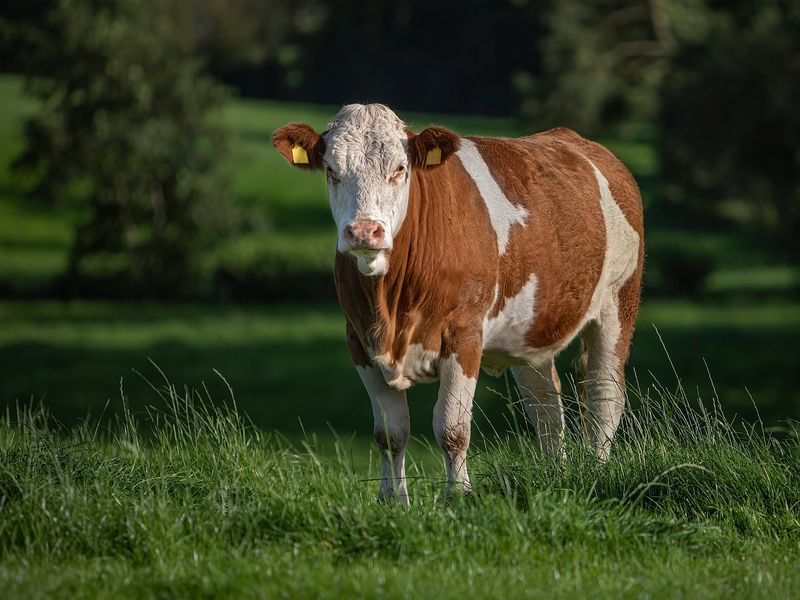
Cows, familiar and beloved in agriculture, are gentle giants providing milk, meat, and leather. Their domestication dates back thousands of years, making them integral to human societies.
With their calm demeanor and social nature, cows form strong bonds within herds. They communicate through vocalizations and body language, exhibiting intelligence often underestimated.
Sustainable farming practices are essential to ensure cows’ welfare and reduce environmental impact.

